Cerebral Palsy is the most common physical disability of childhood. The severity of the motor impairment varies among children, and only half of all those with CP learn to walk independently without any assistive devices.
Gait trainers are vital tools to get children on their feet early so that they begin standing, weight bearing and learning to take steps. Very supportive gait trainers allow even those with severe motor impairments (GMGCS IV and V), including those with limited upper extremity function to be upright and take steps, but these types of gait trainers are also bulky, difficult to transport, and may not be feasible to use in all environments. Many children with gait trainers have to choose whether the gait trainer stays at home or at school. Most gait trainers that provide truncal support do not allow patients to be able to learn to transfer in and out of the device to become more independent. Less restrictive gait trainers (although more portable) offer less support and require patients to be able to use their hands as weight bearing extremities.
The Wingman is a novel gait training system that allows patients with different levels of motor function and motor ability to learn to stand, walk and transfer more independently. Importantly the Wingman offers truncal support to allow patients that are higher functioning but not yet walking independently in all environments (GMFCS II-III) to work on balance training and walking. The Wingman is a very dynamic system compared to other gait trainers- it allows greater variability of support and freedom of movement so that patients can work on a wider variety of functional motor skills and higher level balance tasks that are not possible with other gait training devices.
The Wingman makes it possible for patients do to more challenging tasks in physical therapy and in a home exercise program that they would otherwise be able to safely do. The Wingman also provides a portable, safe gait assist for parents and caregivers to use with their children in a variety of environments, protecting both the child and the caregiver from injury due to falls. The Wingman can be used over ground indoors and outdoors, in crowds, and as a partial support weight-bearing system over a treadmill.
The Wingman is a unique gait trainer that allows children with mobility impairments to improve their walking ability safely and in a variety of environments.
Please contact me with questions
Sincerely,
Janice Brunstrom-Hernandez M.D.
Director, 1 CP Place PLLC, Pediatric Neurologist, Cerebral Palsy Specialist
__________________________________________________________________________________________________________________________________________________________
As a Neurologist specializing in movement disorders such as Parkinson's Disease, Huntington's Disease, Dystonia, Tremor, and Spasticity Management I’ve seen many different gait trainers on the market. The Wingman Harness System is a gait training product that fills in gaps that other wheeled and non-wheeled gait trainers cannot accomplish. Our therapists utilize the Wingman Harness System as a gait trainer on our patients, and the caregivers at the patient’s home utilize this harness system for gait training as well when moving around the house and in the community.
Consistent use of the trunk, hip, and leg muscles in the most natural way is at the heart of gait training. The Wingman Harness System is a gait trainer that engages and allows the trunk/core to move more naturally and improve balance while also engaging the hip and leg muscles, thereby strengthening them and improving functional movement and walking ability. The Wingman Harness System encourages all of those actions in an unencumbered way as the patient is receiving gait training. Consistent use of this system results in improved mobility in the appropriately selected patient population. This is a stand-alone product/system and does not require any additional gait training products on the market to provide the functional benefit.
Sincerely,
Brad A. Racette, M.D.
Professor Neurology, Washington University School of Medicine in St. Louis
_____________________________________________________________________________________________________________________________________________
